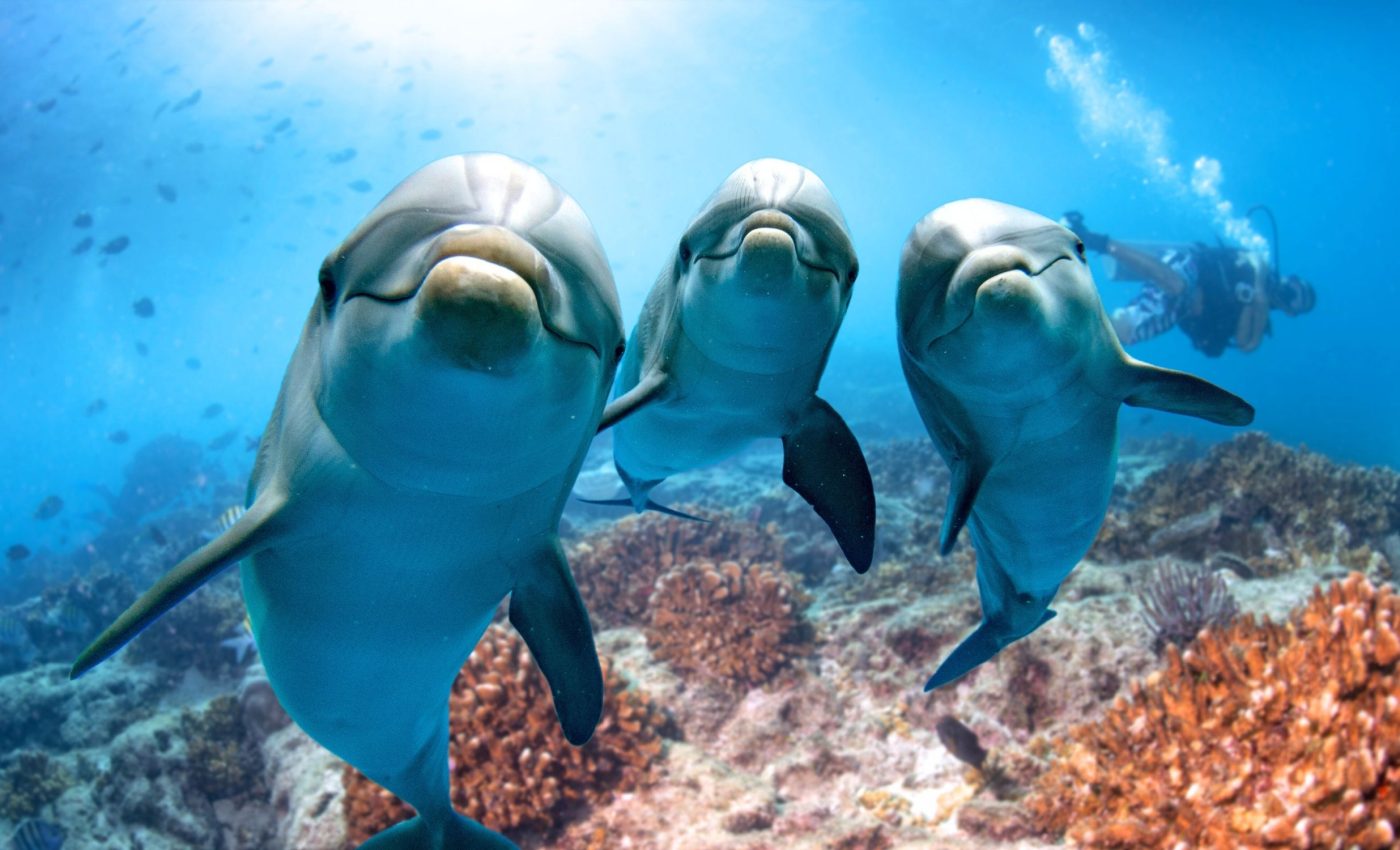
Unborn dolphin calves have toxic metals in their blood, revealing horrific ocean pollution
Marine pollution usually conjures images of oil slicks and plastic waste, but a new study shifts the focus from visible pollutants to the invisible metals and toxins that have infiltrated every ounce of water in our oceans.
Researchers examining stranded dolphins on the southeastern coast of Brazil discovered that unborn calves already carry a cocktail of metals absorbed from their mothers’ bodies.
The tissues of two dolphin species found stranded on the Brazilian coast over the period of a year were analyzed.
Samples were taken from stranded Guiana dolphins (Sotalia guianensis), as well as from franciscana dolphins (Pontoporia blainvillei).
The franciscana dolphin, also known as the La Plata dolphin, is a species of river dolphin that is endemic to the Southwestern Atlantic and is critically endangered.
One unborn calf of a franciscana dolphin was also sampled in order to identify whether toxic metals cross the placenta.
Metals cross the placenta in dolphin calves
The team detected copper, zinc, arsenic, vanadium, and mercury in the fetus recovered from the pregnant franciscana dolphin.
“This is direct evidence of transplacental transfer,” stated Guilherme dos Santos Lima, a doctoral researcher at São Paulo State University and first author of the work.
The one‑year monitoring data showed higher average levels of cadmium, mercury, and molybdenum in older calves, indicating that, although calves are first exposed to these metals while in utero, there is progressive bioaccumulation in the bodies of individuals as they age.
Earlier investigations of Guiana dolphin mother–fetus pairs in neighboring regions found mercury transfer ratios as high as 0.19, confirming the placenta is no barrier to certain heavy metals.
Those metals can disrupt enzyme systems and neuronal development long before an animal even takes its first breath.
Franciscana populations are already shrinking because of gill‑net by‑catch and habitat loss. Adding in‑utero exposure to contaminants increases the odds of developmental problems that could lower survival rates.
Dolphins are sentinel species
Cetaceans breathe air, nurse their young, and feed high on the food web. Their long lifespans and coastal habits make them ideal sentinels of ocean health.
When scientists track toxin loads in dolphins, they gain a time‑averaged snapshot of everything moving through the local food chain.
Atlantic bottlenose dolphins, for instance, helped researchers link mercury‑laden fish to neurodevelopmental delays in children who ate similar seafood.
The same “one health” logic applies in Brazil: what harms a calf tethered to its mother by an umbilical cord could also harm communities that rely on coastal fisheries.
Lima’s group worked with Brazil’s long‑term Beach Monitoring Project, turning what would have been simple necropsies into an eight‑year contaminant record. Their approach echoes global calls for integrating wildlife toxicology with public‑health surveillance.
Unborn dolphin carried high levels of metals
Copper and zinc are essential for growth, yet the fetal liver carried them at roughly five times the mother’s concentration, implying active transport across the placenta.
By contrast, cadmium and mercury rose steadily with age, matching classical patterns of dietary uptake.
Laboratory data show that mercury can interfere with dolphin immune cells and cause hepatic damage at sub‑lethal doses.
Vanadium’s presence surprised the team because few marine‑mammal studies report it. Though needed only in trace amounts, prenatal vanadium exposure in humans has been linked to lower birth weights and preterm delivery.
Detecting the metal in a dolphin fetus suggests an unexplored risk pathway in marine food webs.
Spatial analysis showed little difference among the three São Paulo sub‑regions, indicating that ocean currents disperse effluents broadly along the 370‑mile (595-kilometer) stretch of coast.
Only cadmium spiked in Guiana dolphins from the industrialized southern sector, a finding that is consistent with local phosphate‑fertilizer discharge records.
Shared risks and next steps
“The detection of metals in fetuses is not just a conservation red flag, but a potential indicator of broader ecosystem disruption,” noted Lima.
Regulators could use such fetal markers as early‑warning signals, much as amphibian deformities once forecast pesticide problems on land.
For conservationists, the results argue for stricter catch limits on franciscana dolphins, and targeted cleanup of heavy‑industry outfalls.
For scientists, they open questions about how mixed‑metal exposure interacts with other stressors such as warming seas and ship noise.
Several countries already track persistent organic pollutants in pinnipeds; incorporating trace metals in cetacean monitoring would complete the chemical picture.
Long‑term health studies, including hormone assays and immune‑function tests, could reveal whether today’s metal burdens are likely to translate into tomorrow’s reproductive failures.
Metals harm dolphins before birth
Recent conservation efforts often focus on visible threats like entanglement, overfishing, and habitat degradation. However, the presence of contaminants in unborn dolphins adds a new layer of urgency to these strategies.
Without addressing chemical exposures during critical developmental windows, rehabilitation or population recovery plans may fall short.
Scientists studying other marine mammals have found that early exposure to pollutants can compromise neurological development, immune function, and growth rates.
If dolphin calves and the offspring of other marine mammals are already burdened with toxic elements before birth, they ultimately face higher mortality and lower fitness, regardless of protections offered later in life.
The study is published in Science of The Total Environment.
—–
Like what you read? Subscribe to our newsletter for engaging articles, exclusive content, and the latest updates.
Check us out on EarthSnap, a free app brought to you by Eric Ralls and Earth.com.
—–













